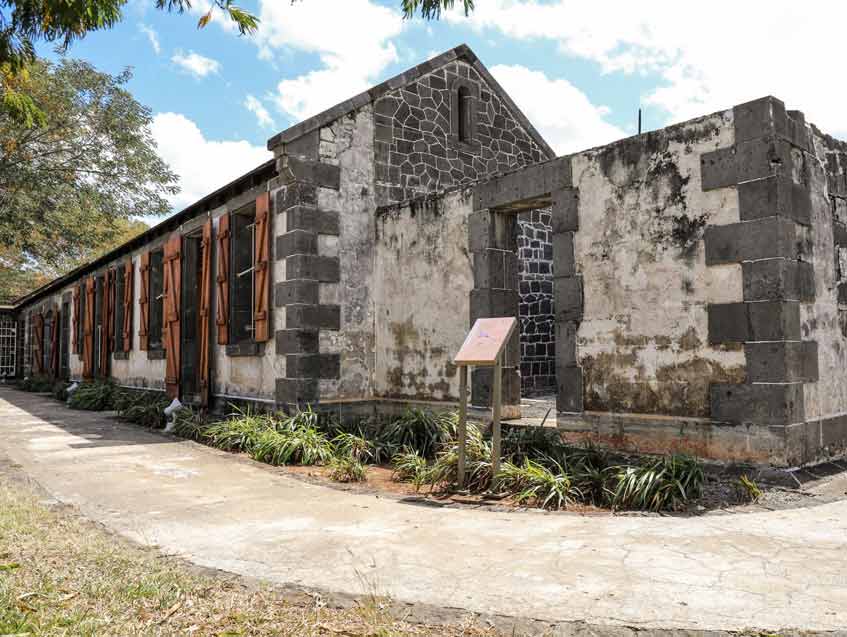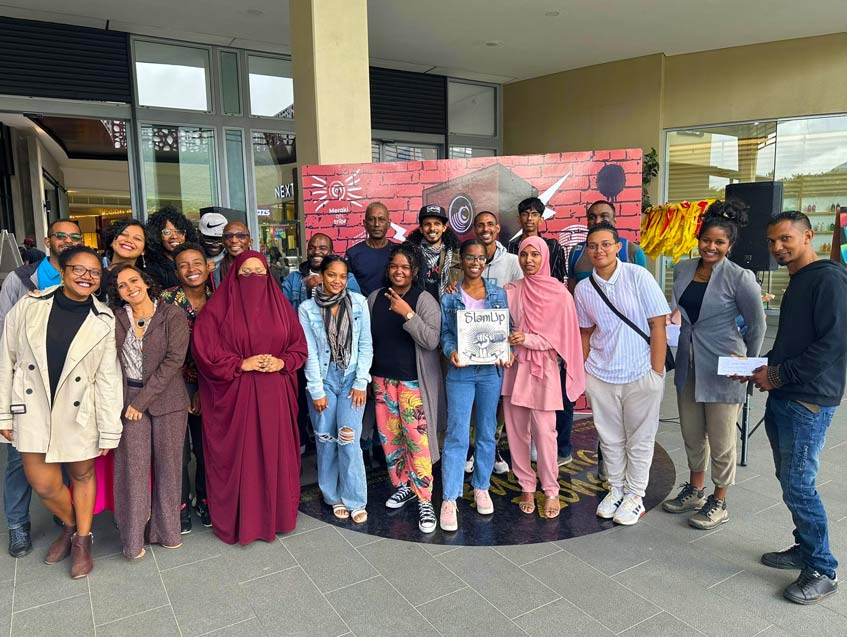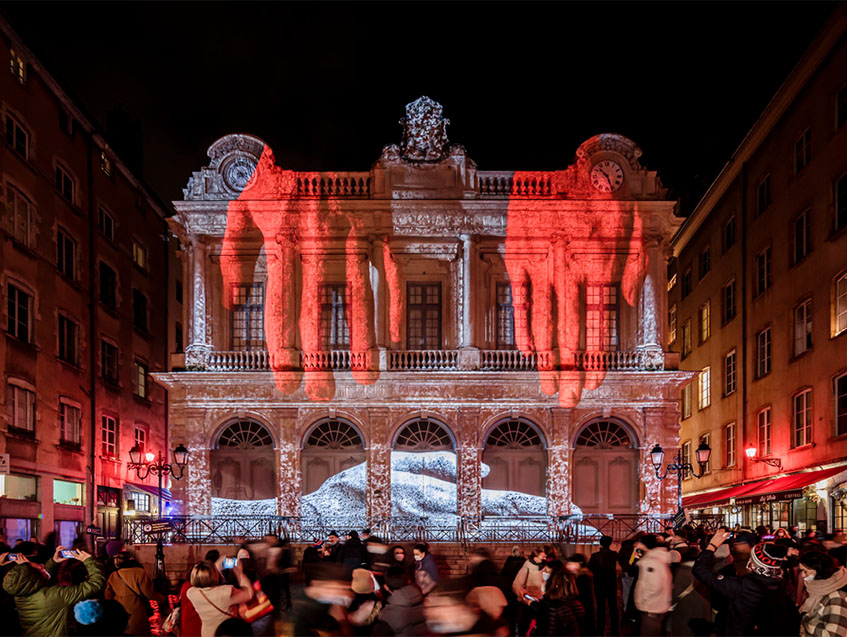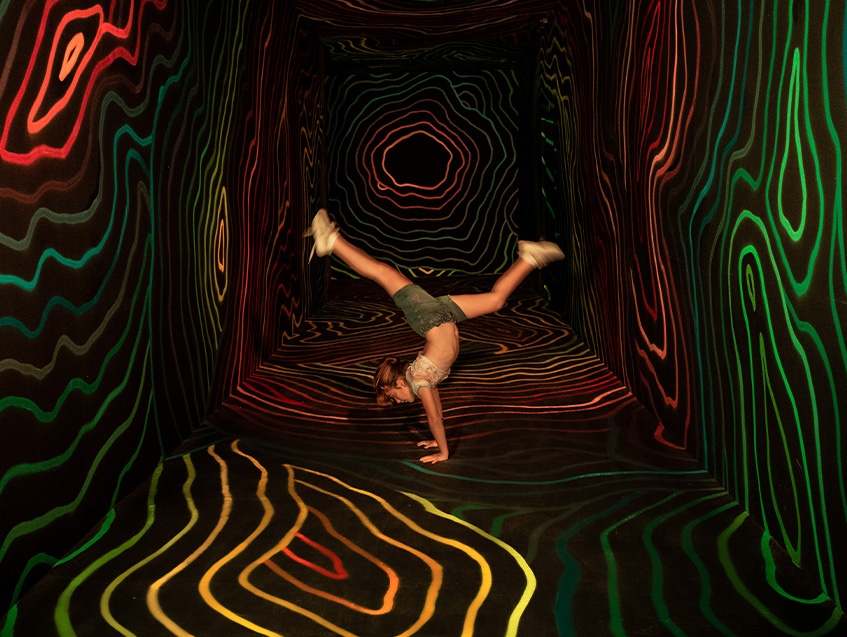What is Aapravasi Ghat?
The UNESCO World Heritage Site, Aapravasi Ghat, is located in the capital of Mauritius, Port Louis. Aapravasi translates to “immigrant” while Ghat signifies “river bank”- and, it indeed lived up to its name. This historical site has seen the arrival of indentured labourers from India, totalling to about half a million. More to that, Aapravasi Ghat was a landing station utilised to transship labourers to various parts of the globe.


Built in 1849, only the remains of the Immigration Depot, Aapravasi Ghat is left. From an architectural perspective, the World Heritage Site is not eye catching. The numerous small rooms, enclosed by restored grey walls, are not far from the port. Nevertheless, its rich historical importance is what matters, given that painful stories are etched in every single stone, resonating in the remains of the building.
Why is Aapravasi Ghat symbolical in Mauritius?
The UNESCO World Heritage Site is the tangible evidence of the global economic system set up by the British, upon the abolition of slavery in 1833. Mauritius was subject to this experiment first, before the British extended it to their other colonies, which resulted in a migratory wave that marked the world’s history.
Indentured Laborers in Mauritius
The historical site might not seem so important at first sight, but it, in fact, resonates with almost every Mauritian all over the island. During the period between 1849 and 1920, Aapravasi Ghat had recorded the arrival of over 420,000 indentured labourers; 97.5% of whom came from India, precisely 40% from Bihar.
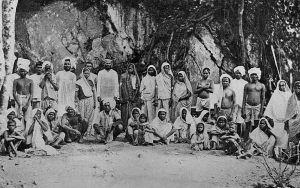

More than 70% of the local population of Mauritius have ancestors, whose landing can be traced back to the World Heritage Site. Without any doubt, it has shaped our heritage as well as history.
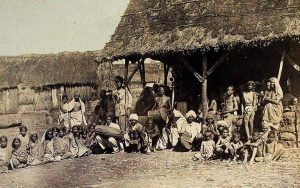

Living conditions of the Hired Workers
Initially supposed to be free, the indentured labourers had contractual clauses that limited their freedom. In case of refusing to obey or skipping work, they could be fined or even imprisoned. Furthermore, it was not uncommon to be denied their pay regularly. They were not always provided with medical care, and their food provision and accommodation were rather inadequate.
Eventually, a ‘Protector of Immigrants’ post was created in order to tackle these issues. The most common complaints mainly voiced out were partial or late salaries. Most of the time, the magistrate’s verdict was to the advantage of the hired workers.
The UNESCO World Heritage Site (Mauritius)
With the rising number of immigrants came the need for a bigger Immigration Depot. This resulted in the construction of Aapravasi Ghat near the docks in 1849. At first, the landing station was named “Coolie Ghat” but it was a degrading term as “coolie” in Hindi translates to “Unskilled Worker”. Though widely used in the past, the word could now be offensive and disrespectful.
Hence, “Coolie Ghat” was changed to “Aapravasi Ghat” when the heritage site was pronounced a national Monument in 1987.
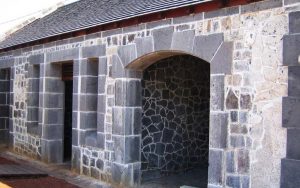

Aapravasi Ghat was eventually listed on the UNESCO World Heritage Sites in 2006, considering its significant global value.
Aapravasi Ghat Museum
The Beekrumsing Ramlallah Interpretation Centre (BRIC), is an exhibition area which highlights the experience of hired workers and their importance in Mauritius history. Inaugurated in 2014, the Museum was named after the Member of Parliament and Journalist, late Mr Beekrumsing Ramlallah. He was committed to save the national landmark, Aapravasi Ghat, from being destroyed further.
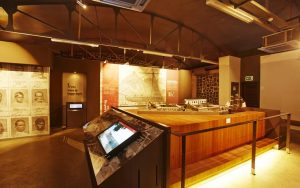



.svg)


